Unlimited ambition at Art Basel’s section for outsized work
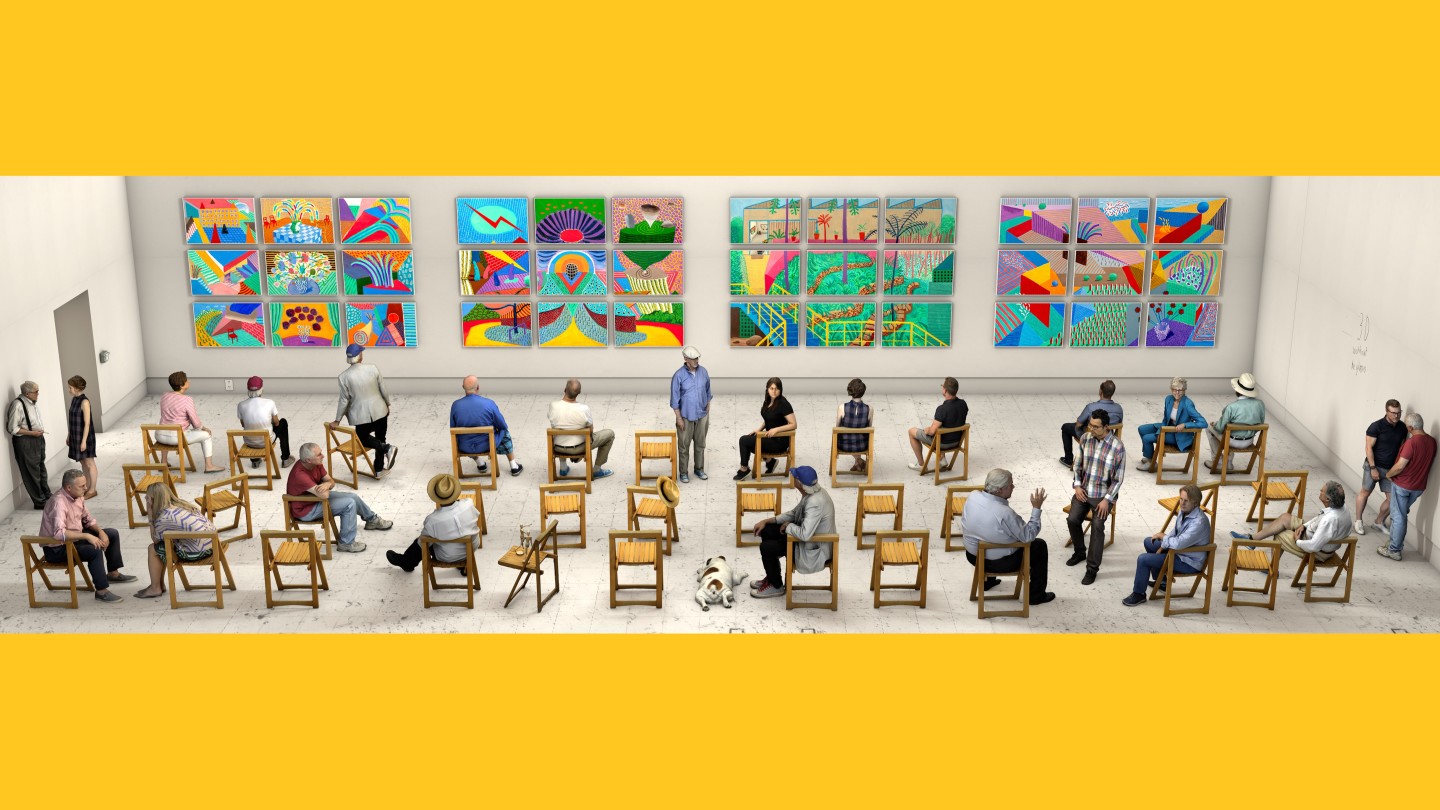
Roula Khalaf, Editor of the FT, selects her favourite stories in this weekly newsletter.
One of the pleasures of a visit to Art Basel in its Swiss home is to wander through the Unlimited section. Sited in the massive Hall 1, Unlimited hosts anything, basically, that’s too big for a booth inside the aisles of the main part of the fair. Unexpected and unusual pieces deliver little shocks at every turn: artists stretch their imaginations and dimensions, without limits.
Installations the size of a modest house can fit in here, as can large “flat” artworks such as (this year) David Hockney’s enormous photographic drawing, “Pictures at an Exhibition” (2018-2021), or similarly sized pieces by Gilbert and George or Michel Parmentier, as well as substantial sculpture (Barbara Hepworth) or light works (James Turrell) and much more.
“Unlimited has always been very eclectic, from young artists to super- established stars — the mixture is what makes it interesting,” says Giovanni Carmine, director of the Kunst Halle St Gallen and curator of Unlimited. His tenure — he was appointed two years ago — has spanned the pandemic closures.
The Unlimited display opening next week is, he says, the result of two years of work and changes: “Things dropped out, new things came in, it’s been a long process,” so “it is astonishing, that [Unlimited] is as international as ever — except, perhaps, we are missing a little bit from Asia. But that’s understandable. Worldwide logistics are so complicated. But we have been able to bring 62 projects to the fair.”
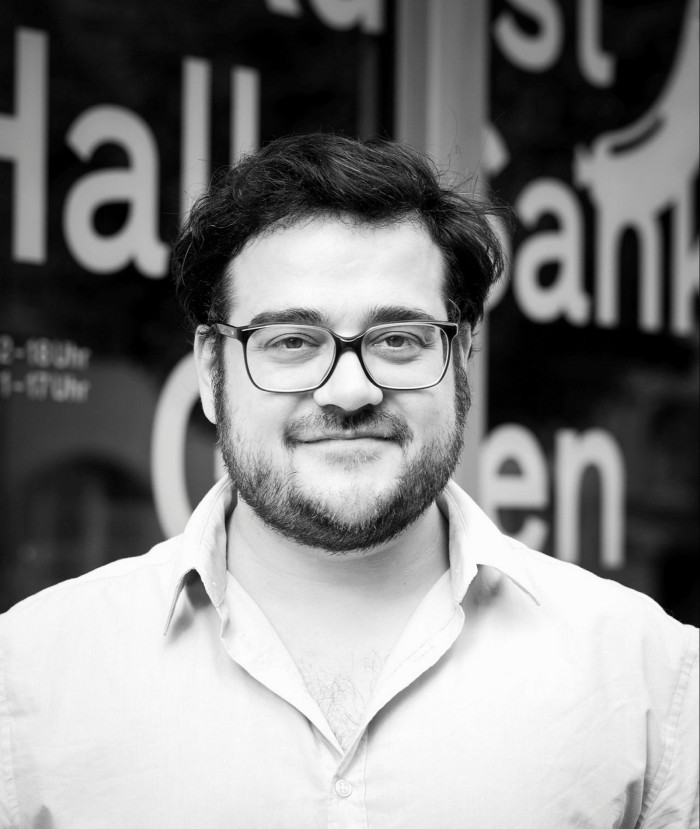
There is no thematic framework as such. “It’s a dialogue with the galleries,” he says. “They propose projects, then I start to have an idea of which works will work together and what the experience of the public in the space will be.”
Digital work is included, with sound installations that might ruffle the neighbours in a conventional fair booth. When I ask whether Carmine has spotted any particular trends — for instance, a rush towards more digitally-based works — he is noncommittal. “Younger artists are moving, obviously, more towards digital works or not object-based work, but also there are many young artists painting and doing traditional sculpture.”
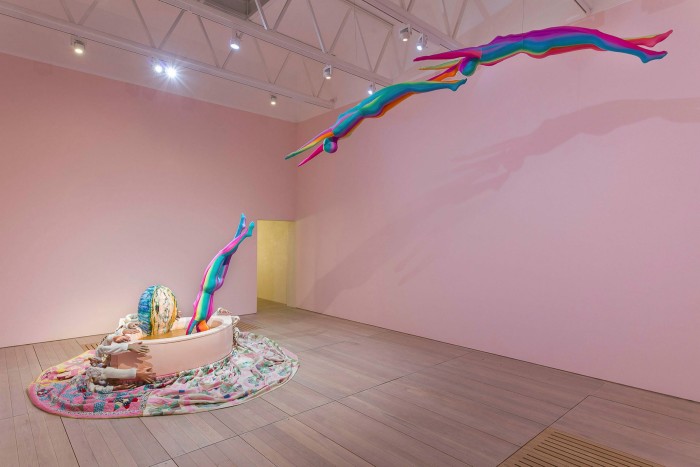
Obviously, in a commercial setting, the simple question arises: who is buying them? To bring massive pieces to a fair is a serious investment for the galleries: are they hoping to attract mainly institutional clients? “You should ask the galleries,” Carmine replies judiciously, “but I don’t think it is just the classical institutions. There are visionary collectors who are interested in challenging art, projects that are ambitious and interesting.”
And of course, with the growth of private museums, there are collectors with plenty of space to fill looking for powerful large-scale work.
Carmine is, though, a curator, not a dealer, and he is more interested in talking about the experience of his section. “It’s one of the interesting parts of the fair for art-lovers, a special place where people gather — a chance for people to meet in front of art.”
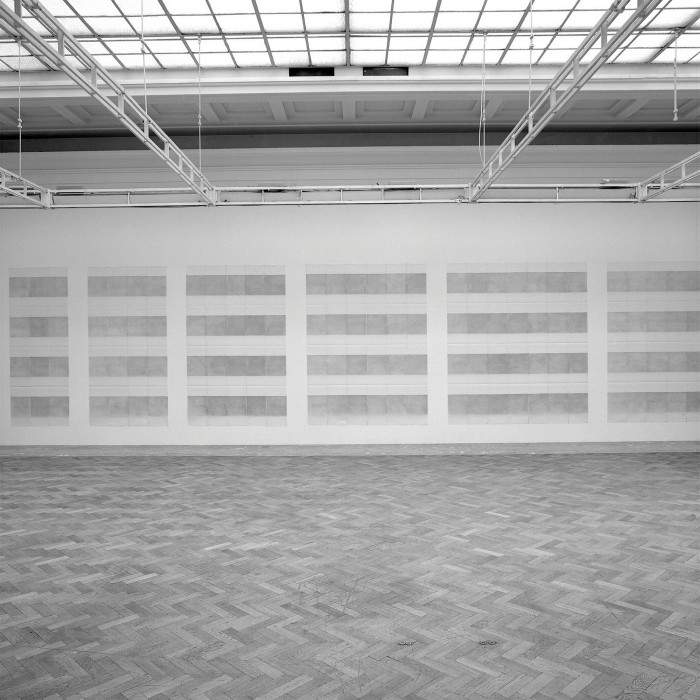
He also believes this adventurous large-scale work is “a mirror of what’s going on in the art world — at least for a certain kind of work. Some projects are totally connected to what is happening, artists responding to the situation we are in.”
Talking of the situation we are in, I have to ask the vexed question, about the environmental impact of art fairs. To bring such enormous and complicated projects a long distance, just for a few days of display, is fairly contentious. Is it a concern now and for the future?
“Absolutely,” he replies. “There have been many discussions but our discussions are not concluded because there are no easy solutions. I’d say that the pandemic in one way accelerated the discussion, in another way totally stopped the discussion.”
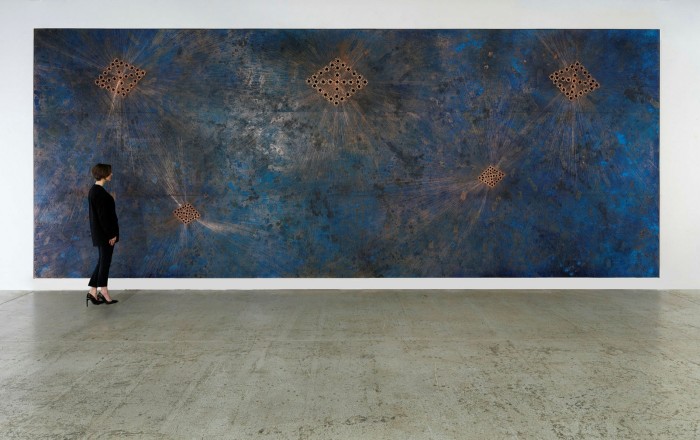
That is an admirably frank admission, and a very realistic one. We agree that the urge to get back to normal is currently the dominant feeling. There are “sincere efforts”, he says, but “at the moment the main focus has been to make sure that the artists and the clients can continue to work and the fair can happen. We’re a cosmopolitan community, an international community, always connected, and it is so important to see artworks in real life.”
We talk about the small stuff — more sustainable transport, more digital works — but it’s not fair to pin one curator down with this still intractable question. “The solution is not easy,” he says, “but it is necessary that we all do more.”
Finally, asked which of the works in this year’s Unlimited is particularly noteworthy or which he is particularly proud of, he points me to Marion Baruch (with Urs Meile gallery), a Romanian artist based in Italy who at the age of 87 has made a work in textiles, using remnants from Milan’s fashion industry. A sure believer in the future.
September 23-26, artbasel.com
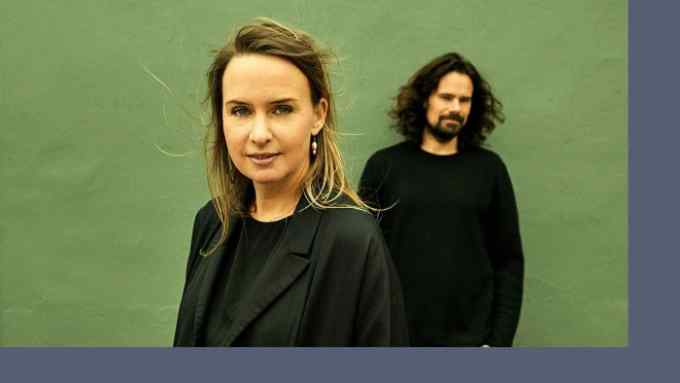
Comments